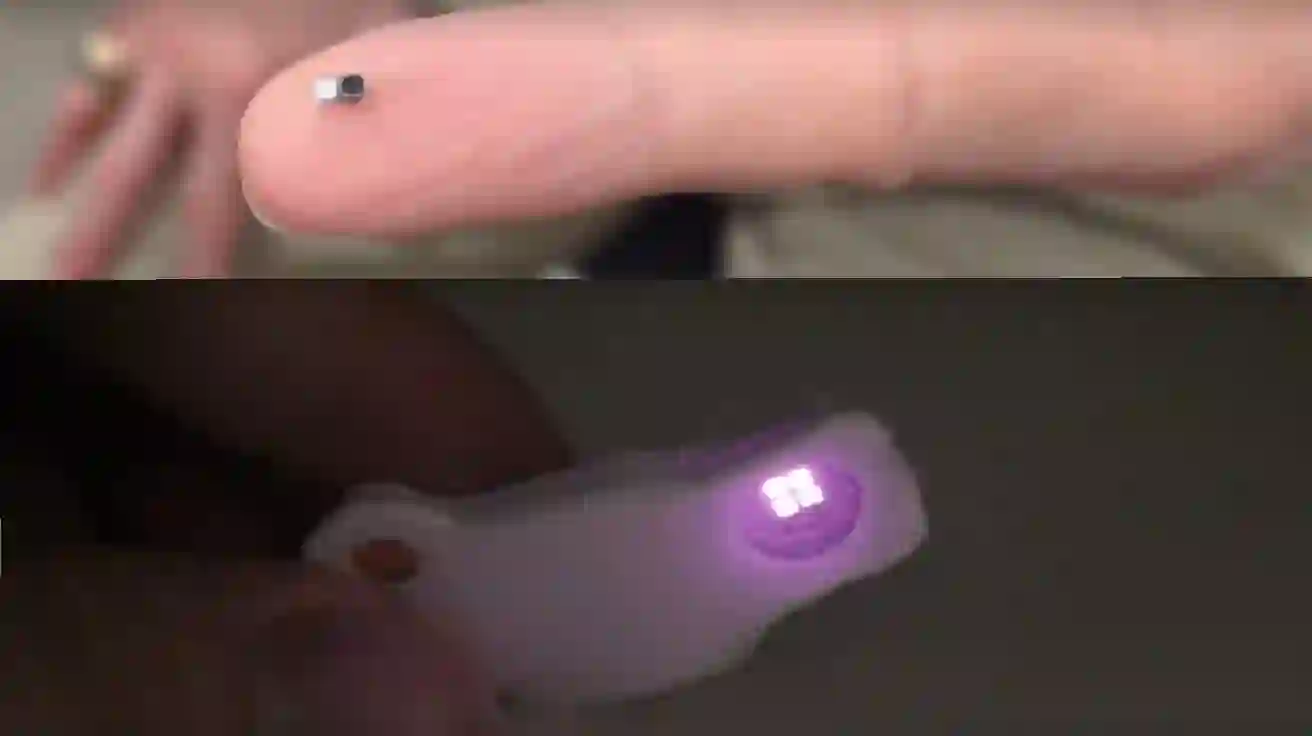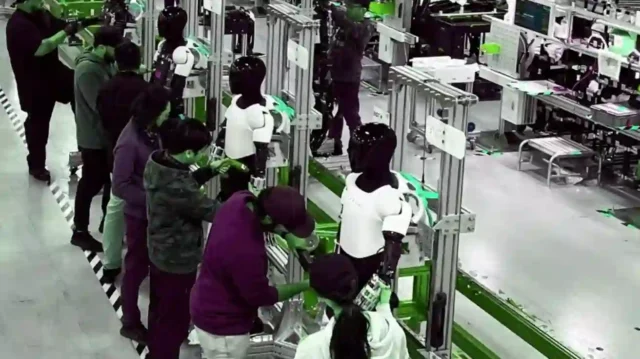Tesla is accelerating the future of robotics with the development of its humanoid robot, Optimus, which is now being assembled on a dedicated pilot production line at the company’s Fremont factory. This significant milestone was revealed in Tesla’s Q1 2025 earnings update, offering a first look into how the electric vehicle giant is expanding into robotics with a focus on real-world utility.
From Concept to Reality
The Optimus project, initially introduced by Elon Musk as a bold vision for general-purpose robotics, is starting to materialize. According to Tesla’s update, the humanoid robot remains on track for its initial deployment phase, with plans to roll out the first units capable of performing practical tasks by the end of 2025.
The Fremont facility, long known as Tesla’s launchpad for innovation, now hosts the early production of these advanced machines. Tesla aims to begin internal deployment of the robots in its own factories before exploring broader use cases. The company envisions thousands of Optimus units working side by side with human employees in its manufacturing plants within the year.
Scaling Up Rapidly
During Tesla’s quarterly earnings call, CEO Elon Musk shared ambitious projections. “We’re seeing strong progress on Optimus,” Musk said. “We expect thousands of robots to be deployed in our factories this year, and we believe we can scale up faster than any product before—potentially reaching a production rate of millions of units annually within four to five years.”
However, Musk emphasized that the development of Optimus is still in a relatively early phase. Instead of launching straight into mass production, Tesla is taking a more measured approach—focusing on refining a few thousand units first, with large-scale output expected to pick up in late 2025.
Building a New Supply Chain
One of the major challenges Tesla faces is the fact that almost every component of the Optimus robot is new. “There’s no existing supply chain for most of the parts,” Musk explained. “Motors, actuators, gearboxes, electronics—these are all unique to Optimus. The only thing we’re reusing is the Tesla AI computer, which is the same one we use in our vehicles.”
The uniqueness of the hardware means that production speed is tied to the availability and reliability of new components. As Musk put it, the pace of development depends on “the slowest and least lucky component.”
Global Supply Chain Tensions
In an added layer of complexity, Tesla is currently navigating international regulatory challenges concerning the materials used in Optimus. China, which controls the bulk of global rare earth magnet production, has recently restricted exports of these materials, partly in response to U.S. trade tariffs.
Tesla is working with Chinese authorities to secure a license to use these magnets in Optimus’ actuator systems. Musk clarified that while rare earth magnets are not essential for the entire robot, they are important in space-constrained parts, such as the arms, where powerful yet compact motors are required.
“China understandably wants to ensure these components aren’t used for military purposes,” said Musk. “We’re confident they’ll see that our robots are meant for peaceful, industrial tasks—not weapon systems.”
Optimus: The Next Industrial Revolution?
The Optimus robot is designed to be Tesla’s next game-changing product. While autonomous vehicles remain a core focus for the company, Tesla sees humanoid robots as an extension of its expertise in AI, battery systems, and mechanical engineering. Optimus combines these disciplines into a mobile platform designed to take on repetitive or dangerous tasks—starting within Tesla’s own facilities, and eventually moving into external industries like manufacturing, logistics, and even household labor.
If the pilot production proves successful and the scalability meets Tesla’s expectations, Optimus could be the company’s fastest-scaling product yet, eclipsing even the meteoric growth of its vehicle lineup.
Looking Ahead
Though it’s still in its developmental infancy, Optimus represents a new chapter in Tesla’s evolution—from a carmaker to a technology company shaping the future of automation. The humanoid robot’s production marks Tesla’s first step into making robotics a core part of its business and industrial strategy.
By the end of 2025, we may see Optimus units performing simple but valuable tasks inside Tesla factories. And if Musk’s predictions hold true, millions more could follow in the coming years, bringing the once-sci-fi dream of general-purpose humanoid robots one step closer to reality.












